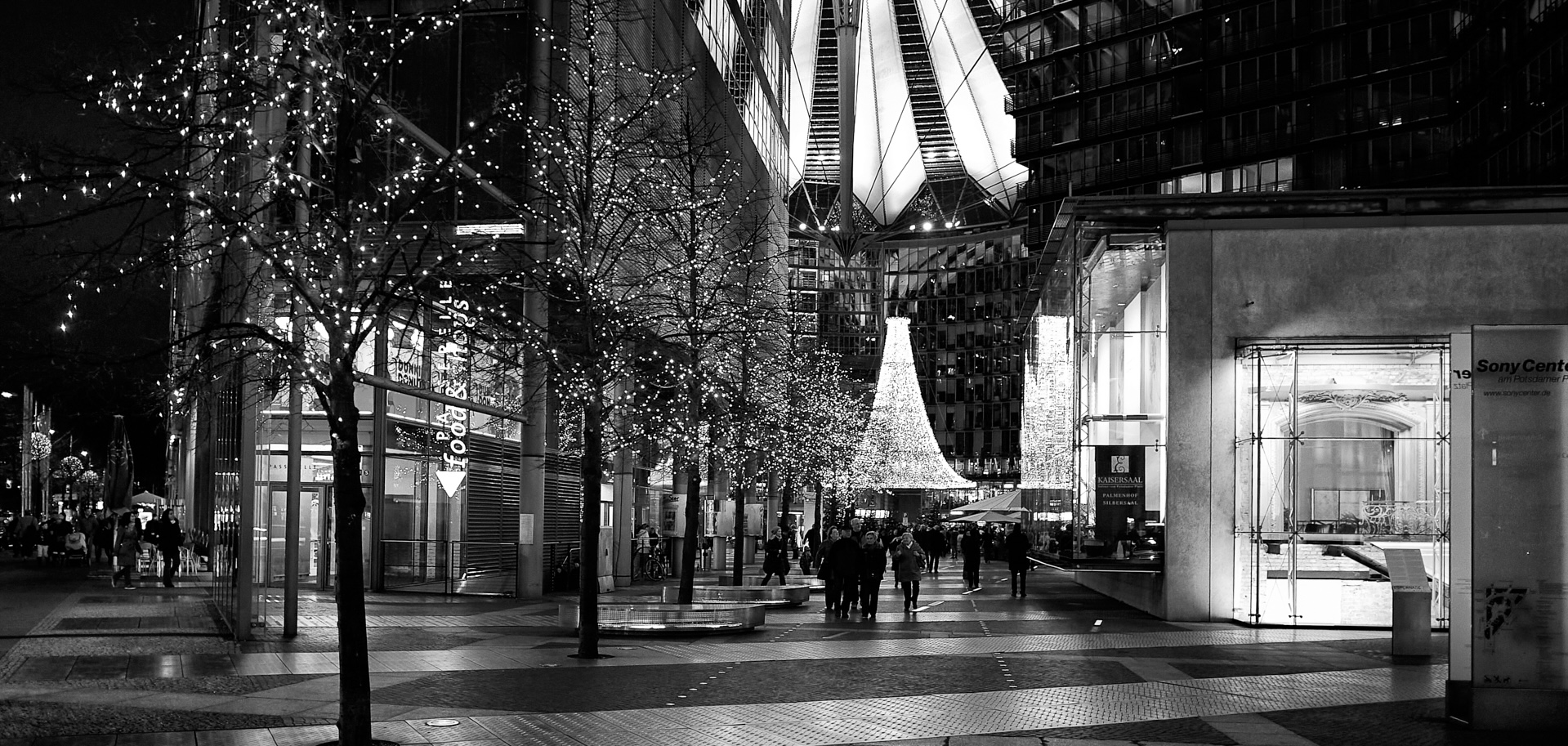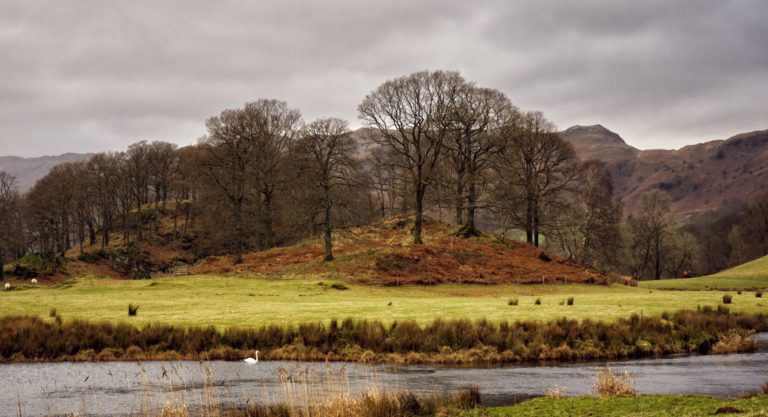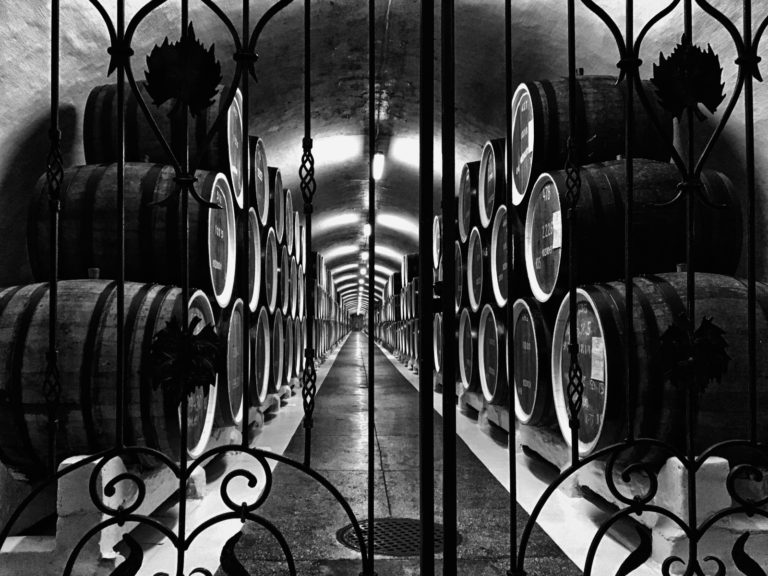One of the greatest challenges facing the creative artist is how best to drive traffic to their online galleries. Whether or not you sell your work directly off the page, your website is your shop window. But, what is the best way to get visitors to look through that window? And, how do you then get them to engage? You need exposure. Creative exposure.
For many people that means one thing. Social media. But, is social media the best way to go? What are the alternatives?
Traffic — Where do visitors come from?
Visitors arrive at your website using one of three possible routes:
The list in ascending order of worth using the explanations below as my criteria.
Search engine traffic means that your visitor is definitely looking for something and that the link to your website looked interesting enough to follow. However, turning that into a conversion is going to depend on the quality of your visitor’s search terms, the quality of your SEO, and the quality of your website.
Referral traffic can be compared to a personal recommendation. The source of the referral could be a social media post, a directory listing, a marketing campaign, or any other clickable link to your website. Getting that conversion is easier than with a search engine visitor because referrals generate higher levels of trust.
Direct traffic is the ambrosia that we’re all after. Direct traffic means you’re a known brand. In bricks and mortar terminology, you’re a destination shop. Your visitor has come because they want something. If you don’t make a conversion, you have only yourself to blame.
All roads to your website require an investment in time and effort. Work hard on your SEO and in the content of your external posts, listings, and campaigns.
But that’s not enough. All three roads finally depend on the quality of your website in order to make those all important conversions. Quality of content. Quality of navigation. And, most important of all, quality of your calls to action. Creativity is the nature of our business. So, be creative in gaining exposure.
Let me remind you of the title of this post: Creative exposure — Your website is your shop window.
Window shopping — Step one towards achieving creative exposure
There is a mistaken belief that your Home page is your shop window and that all the posts and pages that lie behind it are what’s inside your shop. The reality is that your shop window is every page, every post, and every piece of content that you have created. This is one of the most important differences between websites and bricks and mortar premises. In the online world, your customers can teleport to anywhere in your shop at the click of a mouse. This means that every part of your website needs to be given the same level of care and attention. Every grain of content needs to add value and earn its keep. There can be little sense in investing in strategies that attract direct traffic if your visitors cannot find what they’re looking for, or simply don’t understand what they see.
Employ your craft — Step TWO towards achieving Creative exposure
The goal of every creative artist is to get taken on by a bricks and mortar gallery. This is by far the best source of direct traffic to your online presence. But it takes time and a lot of hard work before that happens. Part of that work is being active in your local art scene. The more you are seen and heard, the more likely it is that your name or brand will get around. If a gallerist has heard of you, then you stand a better chance of being represented. And, if your work has been seen and commented on, then the odds move even further in your favour.
What is the sense in keeping your work hidden within your studio when it could be on display for all to see? Hold a personal exhibition or have your work featured within the community. It’s easier than you think. Speak to local businesses, hotels, and those in charge of public buildings. Remember to provide supporting material — brochures, business cards, and posters — and make sure your web address is prominent.
Call to action
Whatever it is that you want your visitors to do when they land on your pages, make sure you provide an obvious and visible means of doing it. Immediately. In one click. This is a call to action. It might be a ‘Buy Now!’ button, or a subscription form, or anything else that entices your visitors to take the action that you desire of them. Don’t just put calls to action on the obvious landing pages, put them on every page and every post. Use mega menus and put calls to action there, too.
Parting shot
My final piece of advice on achieving creative exposure is to make sure that your work is, in some way, unique. Develop a style that is recognisably yours. Capitalise on the use of series to make your work collectible. A gallery is more likely to take you on if your work stands out from the crowd.



